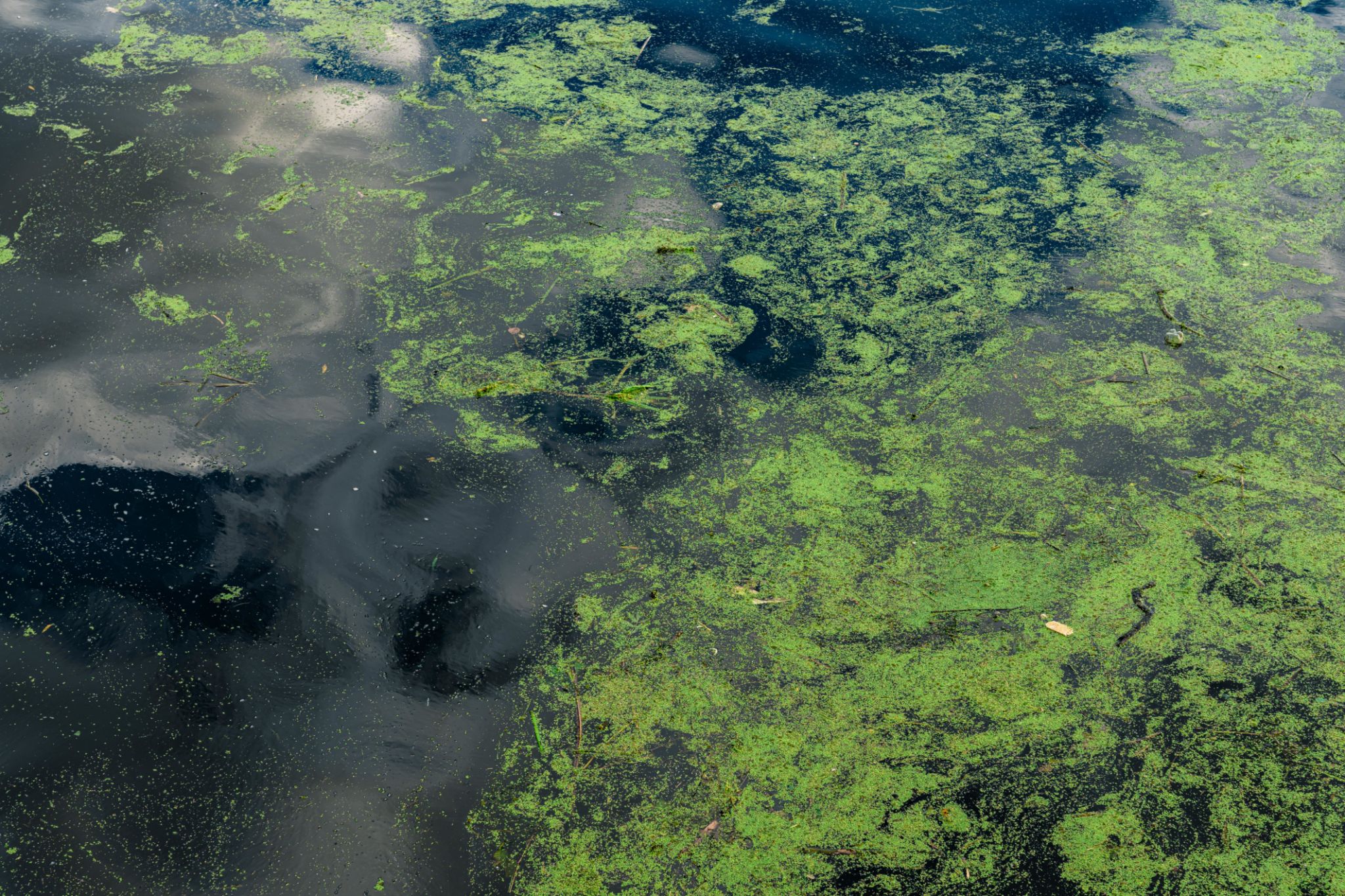The Ultimate Guide to Wallpaper Installation in Trumbull
Understanding Wallpaper Types
Before diving into the installation process, it's essential to understand the different types of wallpaper available. Some common options include vinyl, fabric, and paper-based wallpapers. Vinyl is popular due to its durability and ease of cleaning, making it ideal for high-traffic areas. Fabric wallpaper is known for its elegance and texture but requires more maintenance. Paper-based wallpaper is often chosen for its variety of patterns and colors, though it may not be as durable as other types.
Choosing the right type of wallpaper depends on your specific needs and the room where it will be installed. Consider factors such as humidity, wear and tear, and aesthetic preferences when selecting your wallpaper.

Preparing Your Walls
Proper wall preparation is crucial for a successful wallpaper installation. Start by removing any old wallpaper, which can be done using a scraper and a wallpaper removal solution. Ensure that the walls are clean, smooth, and free of any debris or imperfections that might affect the wallpaper's adherence.
After cleaning, apply a primer or sizing to help the wallpaper adhere better and to prevent the wall from absorbing too much moisture. This step is especially important if you're working with porous surfaces such as drywall or plaster.

Tools and Materials Needed
Having the right tools and materials on hand can make the installation process much smoother. You will need a few essential items, including:
- Wallpaper paste or adhesive
- A measuring tape
- A sharp utility knife or scissors
- A smoothing brush or roller
- A seam roller
- A plumb line or level
Gathering these tools beforehand ensures a more efficient installation process, minimizing interruptions and allowing you to focus on achieving a flawless finish.
Step-by-Step Installation Process
Begin by measuring the height and width of the wall to determine how much wallpaper you'll need. Cut the wallpaper into strips, leaving a couple of extra inches at the top and bottom for adjustments. Use your plumb line or level to draw a straight vertical line on the wall as a guide for your first strip.

Apply adhesive to the back of the wallpaper or directly to the wall, depending on the type of wallpaper you're using. Carefully align the first strip with your guide line, smoothing it out from top to bottom to remove any air bubbles or wrinkles. Use a smoothing brush or roller for this task.
Finishing Touches
Once all strips are applied, use a seam roller to press down on the seams between the strips, ensuring they are secure and less visible. Trim any excess wallpaper along the edges with a utility knife for a clean finish. Wipe away any excess adhesive with a damp cloth before it dries.
Allow the wallpaper to dry completely, as this can take up to 24 hours. During this time, avoid any disturbances that could affect its placement.

Maintenance Tips
To maintain the beauty and longevity of your newly installed wallpaper, regular cleaning is essential. Use a soft cloth or sponge with mild soap and water to gently wipe down vinyl and fabric wallpapers. For paper-based options, dusting with a dry cloth is usually sufficient.
Avoid using harsh chemicals or abrasive materials that could damage the wallpaper's surface. Regular maintenance will keep your walls looking fresh and prevent dirt buildup over time.
By following these guidelines, you can achieve a professional-looking wallpaper installation in your Trumbull home, adding style and personality to any room.
